The Abyss Between Us
- Adriana Castagnino

- May 30, 2021
- 5 min read

The night of April 11th, the people in Lima, the capital city of Peru, were -at the very least- shocked and at worst, terrified. Pedro Castillo, a rural elementary school teacher with radical conservative and left-wing ideas from Chota, Cajamarca, was first place in the presidential race. Meanwhile, Keiko Fujimori (daughter of the ex-dictator Alberto Fujimori and an icon of hard, conservative right-wing ideas) beamed down on us from second place. The worst nightmare of any Peruvian liberal came true.
But the rest of the country, especially in rural areas like Chota, was celebrating. There is finally someone against the system, a man radicalized because of the great inequalities existing in Peru, was elected and the voters didn’t hesitate to show how happy they were.
Currently, Peru is a developing country with a poverty rate of 24%. However, around 37% of the population is also at risk of becoming poor. Is it because of the Covid-19 pandemic? Yes, but also because there is massive inequality and a great disparity in the distribution of resources between the capital and the rest of the country (which some of Lima’s citizens consider as “the rest”). A quick example: In Lima the availability of university options is almost extensive, so much so that the SUNEDU (an entity whose job it is to oversee the quality of higher education) has been closing some of them due to their low competitiveness. Meanwhile, some rural cities don’t even have an elementary school, much less a university, a community college or a hospital.
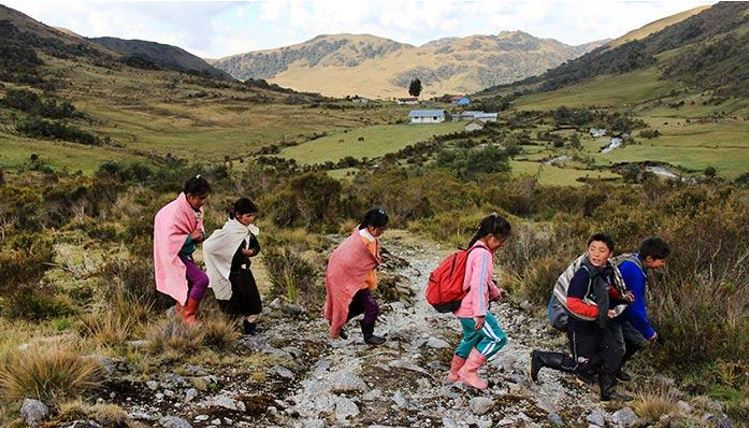
Here in Lima around 25% of the population belongs to an A/B socio-economical level. This means that 25% of the capital's citizens have a quality of life similar to a developed country. In other regions, the ratio drops to around 6%, maybe 8% at best.
Keeping this in mind, why shouldn’t people be upset? The majority of resources come to Lima, some of us have a pretty decent life, meanwhile our fellow compatriots lose their jobs, their houses and their dignity. In some instances, they die of starvation while waiting for a hospital bed. And this is not even the worst part. No, the saddest thing here is that most of the ‘modern Lima’ citizens don’t want to see the reality around them.
On the other hand, it’s easy to understand why so many people desire to continue with the liberal economic model Peru has implemented for the last 30 years. Beyond the disparity of the situation between the richest cities and the poorest ones, there’s something that can't be denied: the poverty rate dropped from 60% (2004) to 23% (2014). In 2019, this rate dropped to 17%. The numbers in rural areas are equally impressive: from 83% (2004) to 46% (2014), which means that before the Covid-19 pandemic, the Peruvian economic model was working. It needed some adjustment and decentralization, due to the corruption in the government, but it was working.
When you decide to antagonize your neighbor, nasty words come around. ‘Terrorist’ or ‘ignorant’, if you want to vote for Castillo; ‘Fascist’ or ‘sin memoria’ if you want to vote for Fujimori. It’s funny actually, how both sides of the spectrum are so similar to each other, even when both claim to be the good guys and want to "save” Peru from the terrorists or the fascists, depending on which side they represent.
We have even reached the point where baseless accusations are being thrown around.
A few days ago, a tragedy shook us all: The mass murder of sixteen people in an area called the VRAEM, a zone continually brutalized by narco-terrorism between the cities of Ayacucho, Huancavelica, Cusco and Junin. The crime itself is awful and painful for us as a country, but some politicians from both parties decided to take advantage of it.
Pedro Cateriano, a right-wing politician, leaked on Twitter photos of some of the victims in a disgusting, despicable way. Along with the photos, the pamphlets that were allegedly found at the crime scene were leaked too. The pamphlets said the murders were a protest against the ‘bourgeois elections’ and that ‘anyone who votes for Keiko Fujimori is a traitor’, clearly blaming the crime on a terrorist party and, by extension, on Castillo’s supporters.
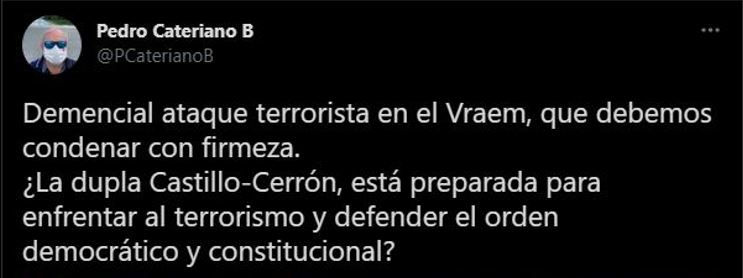
Cateriano’s tweet. It says: ‘Insane terrorist attack on the VRAEM, which we must firmly condemn. Is the Castillo-Cerrón duo prepared to confront terrorism and defend the democratic order and the constitution?’
But he wasn’t the only one.
Lucia Alvites, a left-wing politician from Juntos por el Perú (an ally party of Pedro Castillo in this presidential election), directly accused Keiko Fujimori on Twitter alleging it ‘was a crime perpetrated by the right-wing party, in order to terrorize the people’ and said that, if Fujimori were to win the election, her government would undoubtedly carry out state-sponsored terrorism.
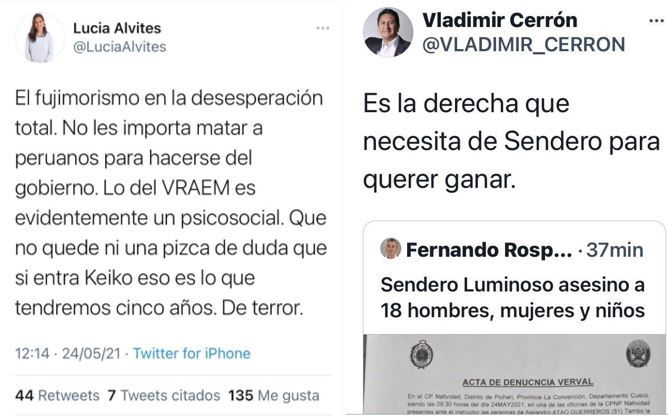
Alvites’s tweet, which she deleted. // Vladimir Cerrón’s tweet, accusing the right-wing of using the terrorists to win the election
Although both politicians faced backlash over their opportunism, this situation has shown there’s no right or wrong when it comes to Castillo’s or Fujimori’s political parties. There are only perspectives, but the followers of both parties seem unable to acknowledge this since they’re too focused on insulting each other. Meanwhile, people continue losing their livelihoods, their opportunities, their sanity and even their actual lives because of the pandemic, the injustice and the instability.
And now, during the worst sanitary and economic crisis we have faced, we are polarized and disappointed. Less than a third of the Peruvians voted for Fujimori or Castillo. As a matter of fact, just 4,655,514 people in a country with a population over 30 million voted for either candidate. Where can you become president with less than 10% of support? Only in Peru, some would say.
However most people have made up their mind throwing insults at each other as if they didn’t share the same country. And yes, something in our system certainly needs to change. After all, the richest 10% of Peruvian citizens have a European quality of life, meanwhile the poorest 10% live in worse conditions than Somalia or Zimbabwe. But we can’t solve these issues with prejudices and violence.
I couldn’t name a single country that has ever resolved their inequities in the long term without crushing their citizens through authoritarianism or populism.
And we the people are the most affected by it. We are on the verge of tearing our nation apart, a confrontation between our capital city and the rest of the country, thanks to the abyss we created ourselves. A seemingly endless abyss, separating us for the foreseeable future. One I can only pray we can learn from, because in the long term, we are one people despite our differences. And nobody should be called ‘terrorist’ or ‘fascist’ for aspiring to create a better country for themselves.
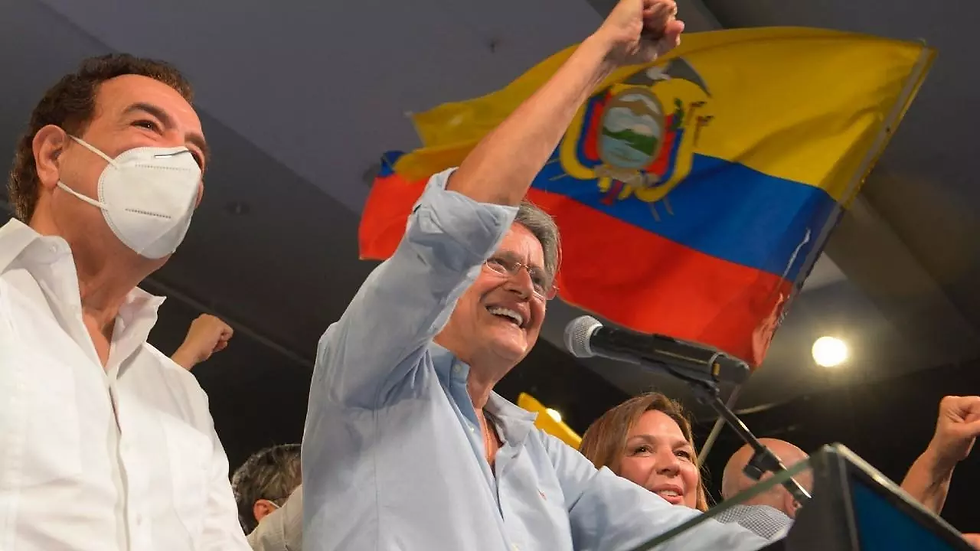
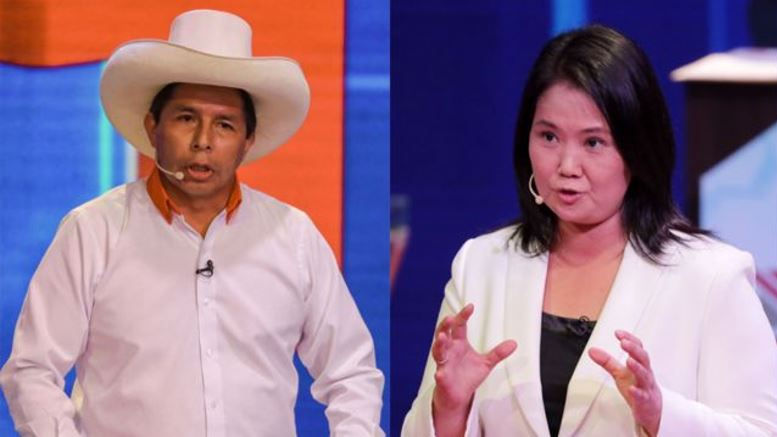

A very positive point of view. People need to find things brings them together as a nation. I hope the winner of the election will do that.
An incredibly interesting topic and so important as well!